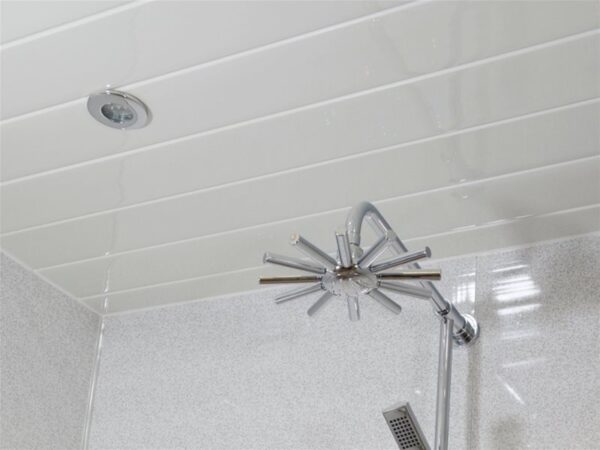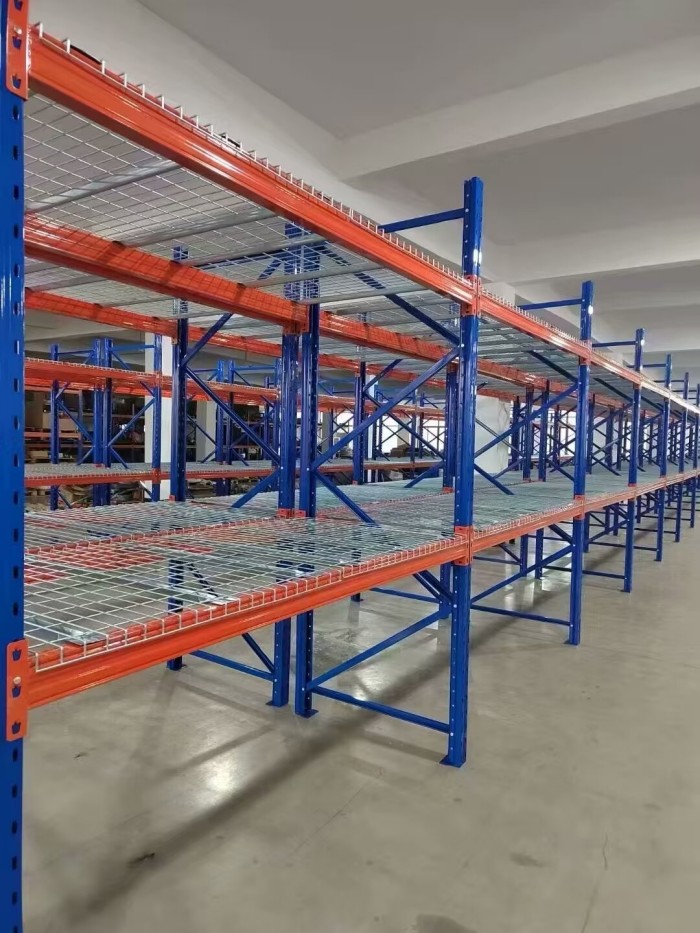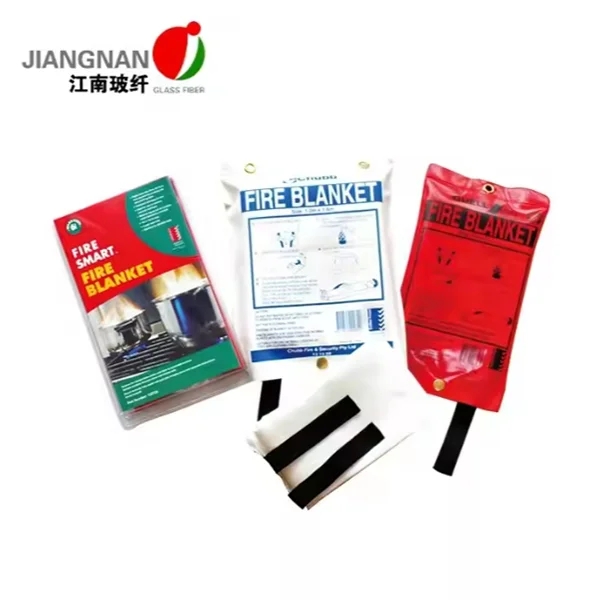The Lifespan of Tile Cladding: How Long Can You Expect It to Last?

Tile cladding is a popular choice for both residential and commercial buildings due to its durability, aesthetic appeal, and ease of maintenance. However, one common question that arises when considering tile cladding is how long it will last. In this article, we will delve into the factors that influence the lifespan of tile cladding and provide valuable insights for those considering this type of cladding for their projects.
- Quality of Materials:
The quality of materials used in tile cladding plays a crucial role in determining its lifespan. High-quality tiles made from durable materials such as porcelain or ceramic are more likely to withstand the test of time compared to lower-quality alternatives. It is essential to choose tiles that are specifically designed for cladding purposes to ensure longevity. - Installation Techniques:
Proper installation techniques are vital for the longevity of tile cladding. Hiring experienced professionals who follow industry best practices can significantly impact the lifespan of the cladding. Improper installation, such as inadequate adhesive application or incorrect grouting, can lead to premature failure and reduce the overall lifespan of the cladding. - Maintenance and Care:
Regular maintenance and care are essential to extend the lifespan of tile cladding. This includes routine cleaning, sealing, and addressing any repairs promptly. Neglecting maintenance can result in the accumulation of dirt, grime, and moisture, which can weaken the cladding over time. By following recommended maintenance practices, you can ensure that your tile cladding remains in excellent condition for years to come. - Environmental Factors:
The environment in which the tile cladding is installed also affects its lifespan. Exposure to extreme temperatures, moisture, UV radiation, and other environmental factors can impact the durability of the cladding. For example, in areas with frequent freeze-thaw cycles, it is crucial to choose tiles that can withstand these conditions to prevent cracking and deterioration. - Usage and Traffic:
The level of usage and traffic the tile cladding is subjected to will also influence its lifespan. In high-traffic areas such as commercial buildings or public spaces, the cladding may experience more wear and tear compared to residential settings. Choosing tiles with higher abrasion resistance and durability can help mitigate the effects of heavy usage and prolong the lifespan of the cladding.
Conclusion:
In conclusion, the lifespan of tile cladding depends on various factors, including the quality of materials, installation techniques, maintenance practices, environmental conditions, and usage. By considering these factors and making informed choices, you can ensure that your tile cladding lasts for an extended period, providing both functional and aesthetic benefits to your space.


